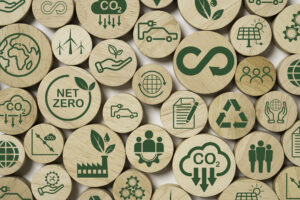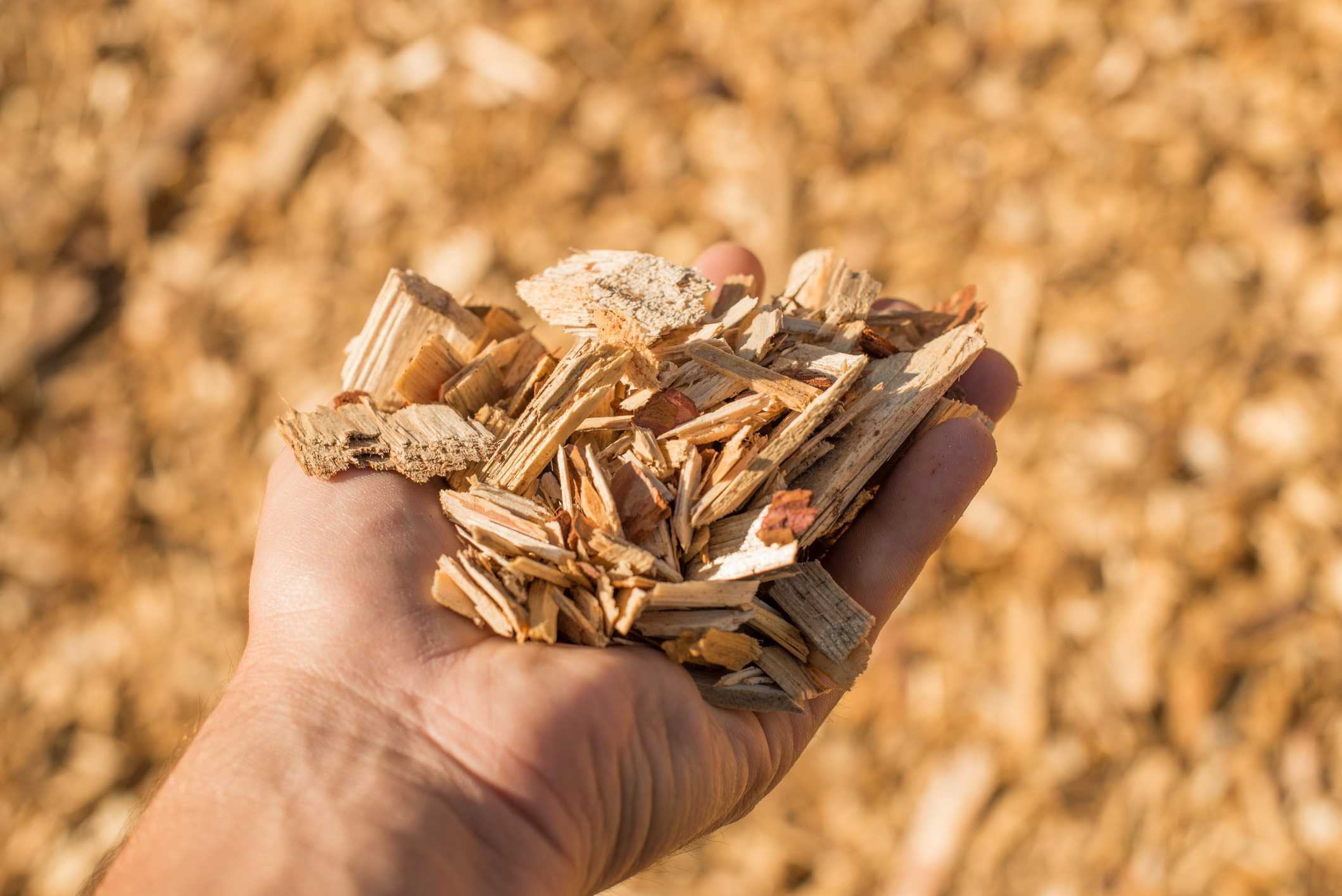
Thermally Fused Laminate is a decorative surface created by bonding a printed paper layer to a composite wood core under high heat and pressure. The result is a pre-finished panel that mimics the look and feel of real wood or solid colors—without the resource-intensive drawbacks of traditional lumber products.

Whether you’re targeting LEED points, reducing Scope 3 emissions, or simply building more responsibly, TFL is a smart and sustainable choice. It combines visual appeal with measurable environmental advantages, helping you meet today’s design and performance goals while reducing your carbon impact.
*Figures provided by Material Intelligence, find out more about their Climate Positive Now campaign at Material Intelligence for Furniture and Interior Design
Ready to Build Greener?
Explore our full collection of woodgrain and solid TFL panels—designed to bring beauty, performance, and environmental intelligence to every space.
By entering your information, you permit us to reach out to you with future communications.
STAY CONNECTED
By entering your information, you permit us to reach out to you with future communications.
STAY CONNECTED